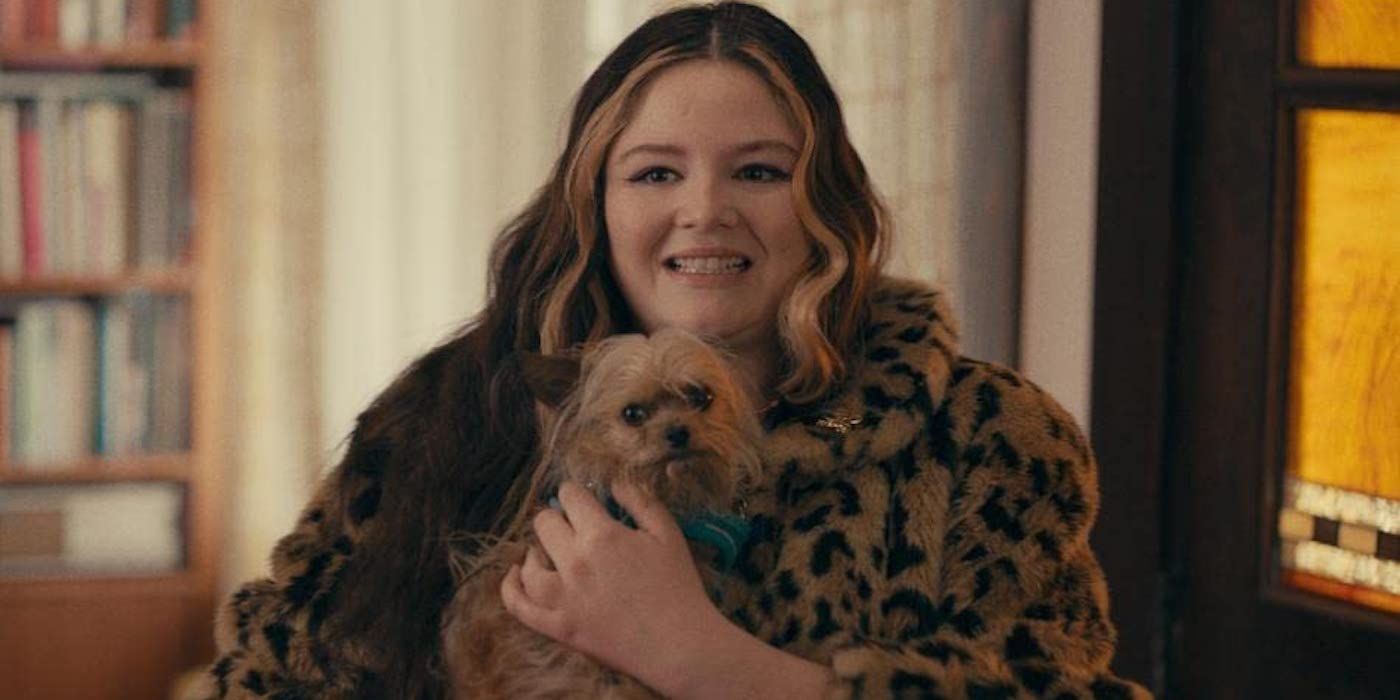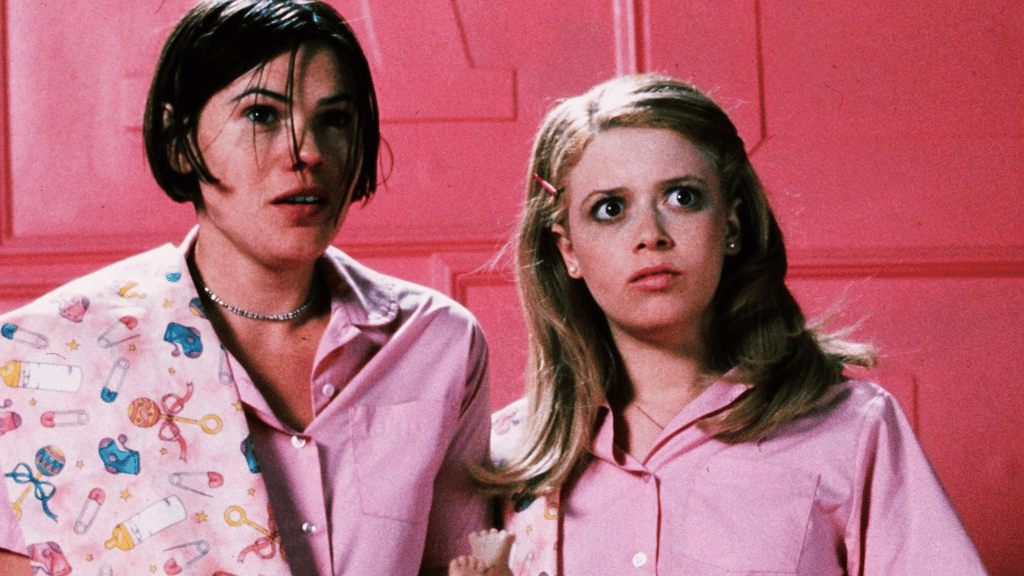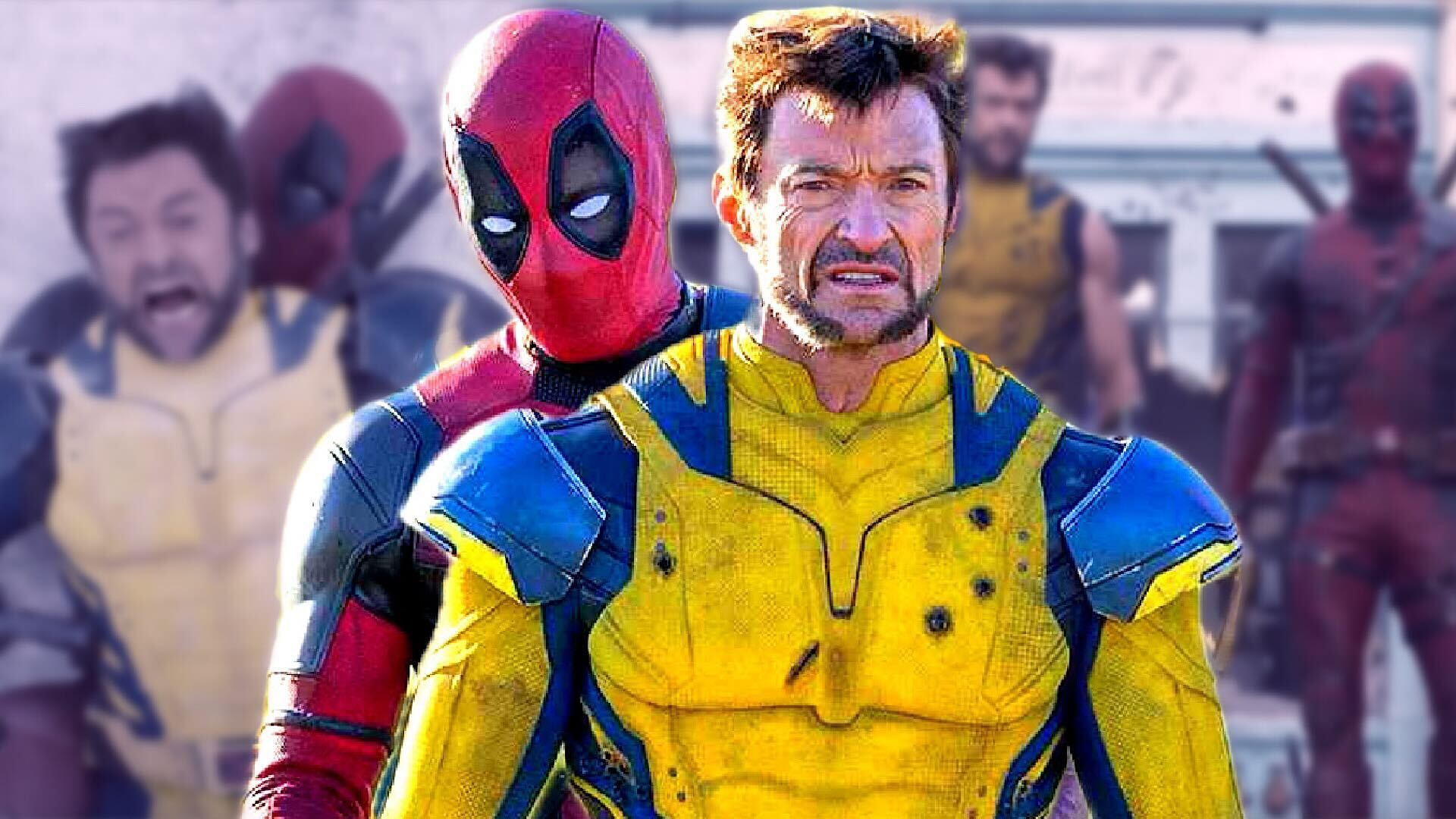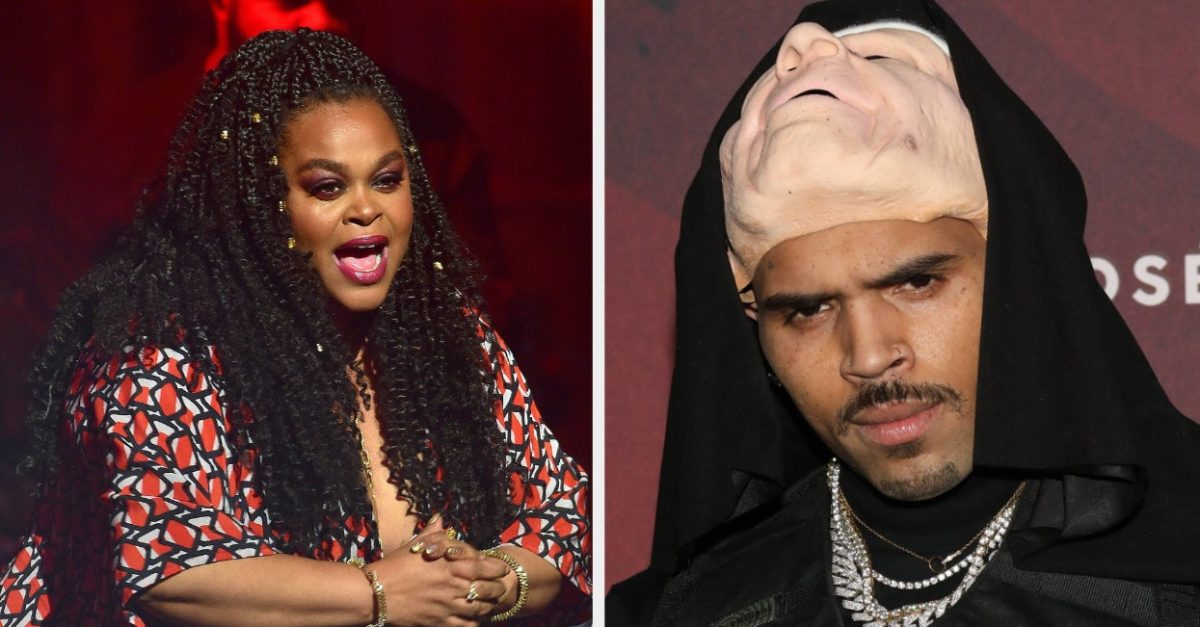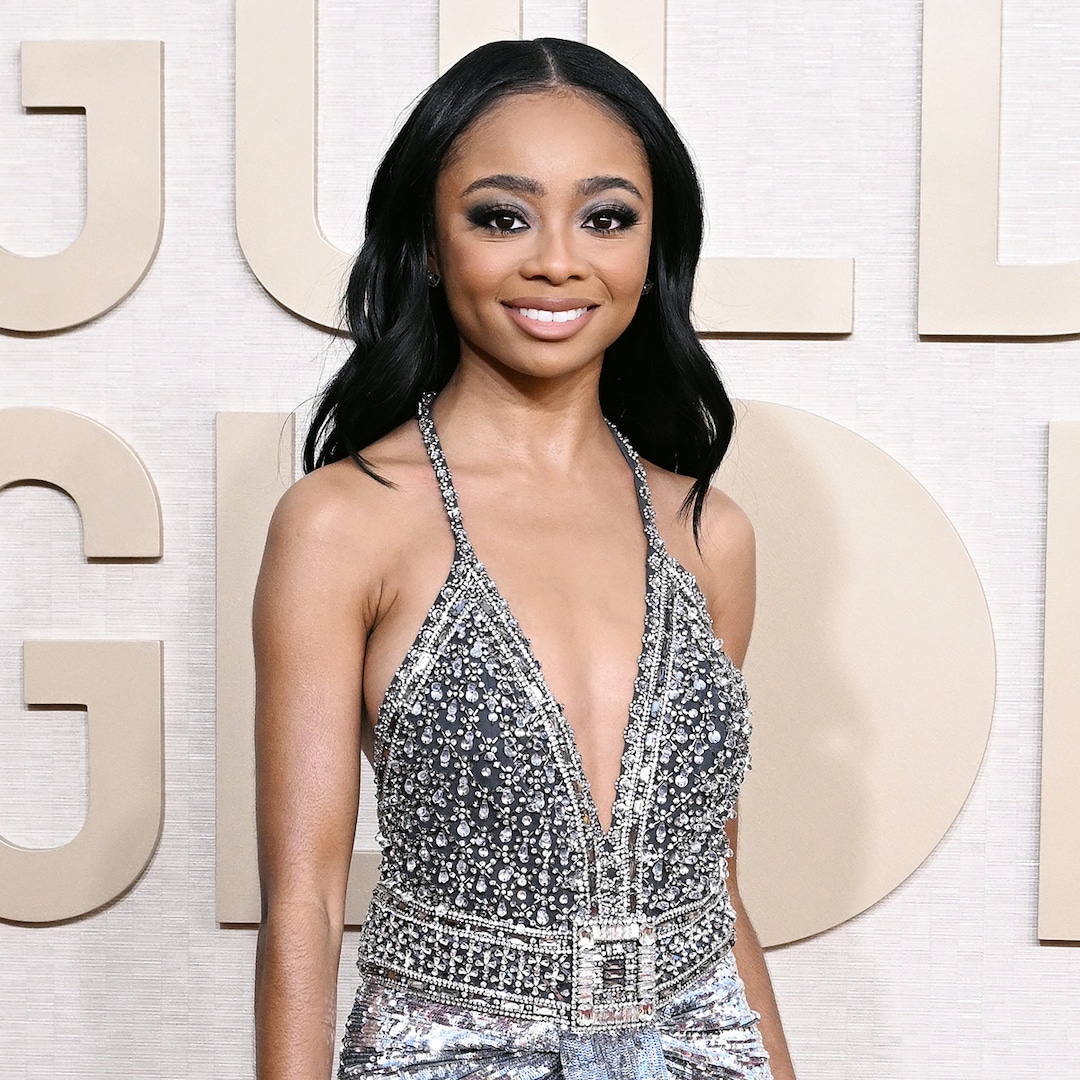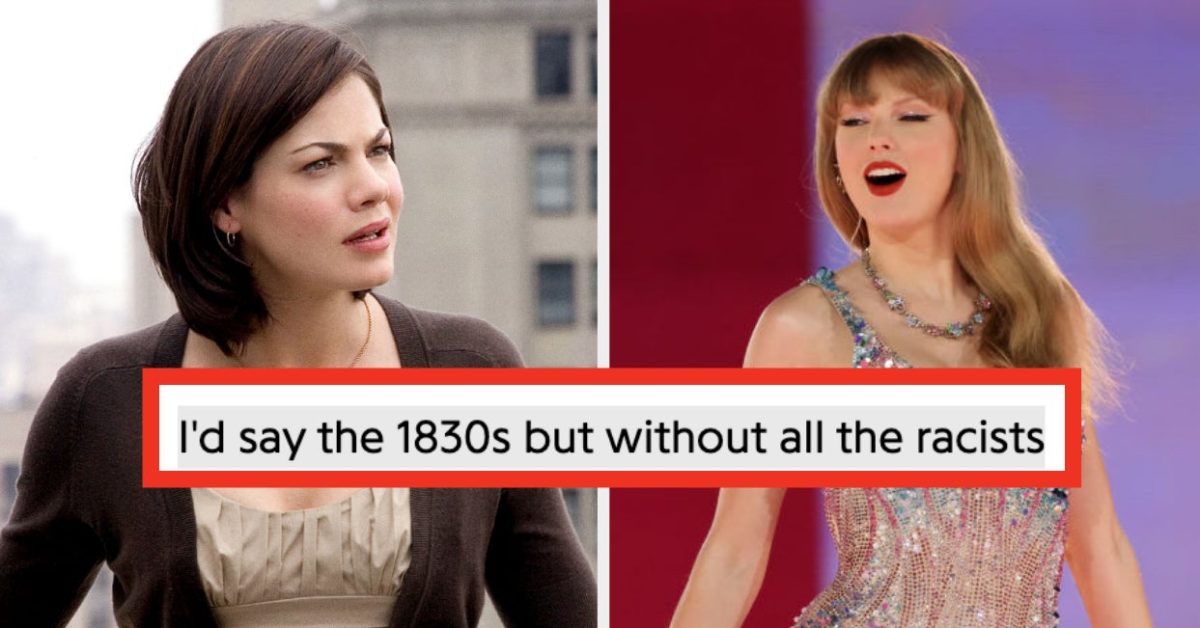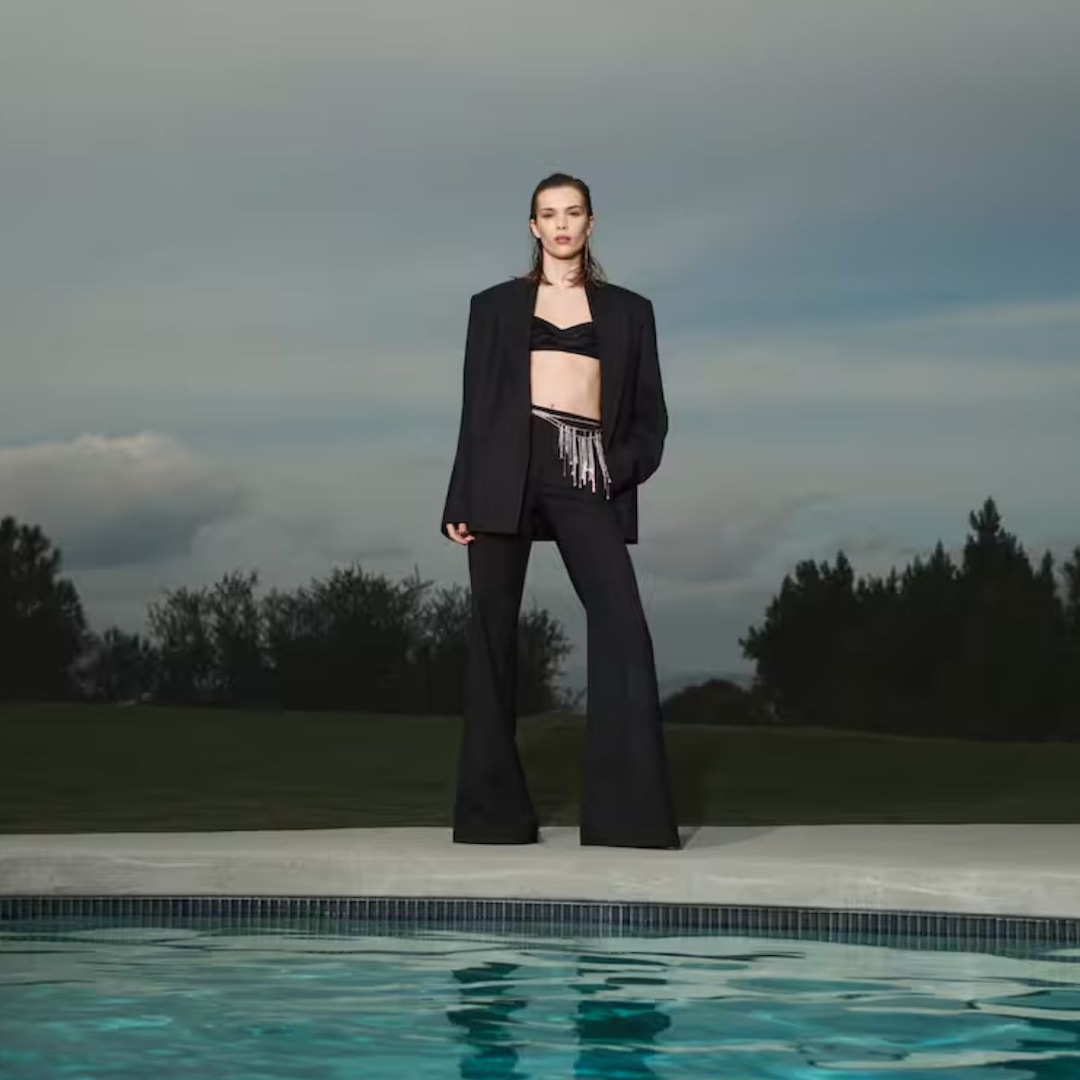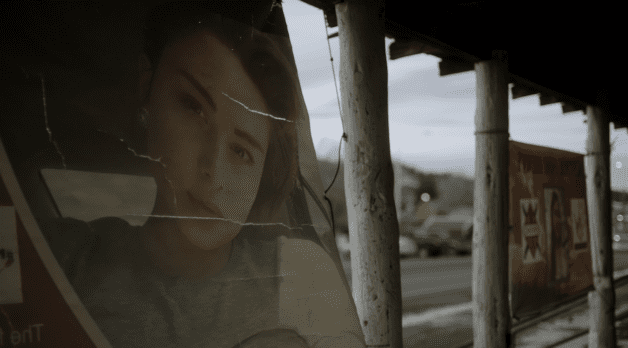
“You Hope the Work Can Play a Small Part in Moving the Needle Forward”: DP Jeff Hutchens on Murder in Big Horn
Feb 5, 2023
Murder in Big Horn, courtesy of Sundance Institute.
Dozens of Indigenous women and girls from the Crow and Northern Cheyenne Nations have gone missing over the past decade in Montana’s Big Horn County and its surrounding areas. These cases often go cold, leaving grieving families without any closure—especially when met with the ambivalence of local police. Murder in Big Horn, a documentary from directors Razelle Benally and Matthew Galkin, confronts the epidemic of Missing and Murdered Indigenous Women (MMIW) by interviewing loved ones in mourning, Native journalists and law enforcement.
DP Jeff Hutchens talks about shooting this project with the utmost sensitivity while also capturing the “palette of Montana.”
See all responses to our annual Sundance cinematographer interviews here.
Filmmaker: How and why did you wind up being the cinematographer of your film? What were the factors and attributes that led to your being hired for this job?
Hutchens: I’ve been fortunate to develop long-term creative relationships with a few directors over the years. I love those collaborations—the shared cinematic language and trust in each other’s editorial instincts made over hundreds of days on the road together, tackling every story and logistical challenge under the sun. Matthew Galkin (co-director/EP) and I have been working together for the last five years across multiple projects for Showtime and HBO—so he and our co-director Razelle Benally reached out early in development to bring me onboard the series as we all share a naturalistic aesthetic and a style of filmmaking that prioritizes respect and sensitivity for the people and situations we document.
Our crew footprint was small on this project—allowing for more intimacy and responsiveness in the filmmaking—so everyone wore multiple hats and relied on each other to show up and contribute in ways that extended beyond our direct roles. Before moving into cinematography, I was a magazine photojournalist for 11 years working mostly on my own, directing/producing/shooting assignments solo, so I know how to work quietly, quickly, and with an eye towards what’s happening below the surface. And now, after more than 12 years on the film side as a documentary DP, I’ve developed a sense of how to create intimate, naturalistic portraits of individuals and communities, surrounded by an atmospheric sense of place.
Filmmaker: What were your artistic goals on this film, and how did you realize them? How did you want your cinematography to enhance the film’s storytelling and treatment of its characters?
Hutchens: We wanted to craft a grounded and compassionate portrayal of the underlying issues that propel the MMIW (Murdered and Missing Indigenous Women) movement, working as sensitively and collaboratively as possible with the families who’d lost their loved ones and are still searching for answers and justice. The filmmaking needed to feel as seamless to their environment as possible—quiet filmmaking that would elevate the voices of those directly affected but wouldn’t jump out stylistically, apart from its intimacy.
In other words, we wanted the lighting to always feel natural (which paradoxically can take a lot more work than creating an image that feels “lit”), and the interviews to always have a sense of place and feel more like scenes than interviews, with an overarching color palette that reflected the warm earth tones of Montana.
We also wanted to create an atmospheric sense of place, but without falling into drone clichés. So, we went static with our drone shots, or gave them hauntingly slow pans, as though the camera was sitting on a 300 ft. tall tripod capturing the dissonant lines and undulations carved like naturally occurring scars into the landscapes of the Crow and Northern Cheyenne reservations.
Filmmaker: Were there any specific influences on your cinematography, whether they be other films, or visual art, or photography, or something else?
Hutchens: No Country for Old Men and Days of Heaven are without a doubt two of the most beautifully naturalistic films out there. I think you’d be hard-pressed to find a DP who doesn’t reference Roger Deakins, Néstor Almendros, or Haskell Wexler as influences in some capacity. I always hope to bring a level of production value that matches what can be done in the scripted world, but one that’s infused with the textures of the real world which make documentary unique.
Filmmaker: What were the biggest challenges posed by production to those goals?
Hutchens: Thematically the toughest thing, which is also one of the most important reasons for making the series, is that many of the cases we looked at are still unresolved. You hope the work can play a small part in moving the needle forward. But while that provides a lot of motivation, it also means you may not be able to find definitive answers to the questions being asked.
Logistically, you always want more shoot days. Each shoot day is an investment that pays dividends in terms of access. Every person you film with and every conversation you have opens up new aspects of the story to explore. I can say pretty definitively on every long-term project I’ve ever done. We always say, “If only we had X more shoot days”.
Filmmaker: What camera did you shoot on? Why did you choose the camera that you did? What lenses did you use?
Hutchens: We shot on the full frame Canon C500 Mark II. I like to cradle the camera in front of me rather than shooting on my shoulder because of the extra presence that change of height (which puts the camera slightly under eyeline) gives people in the frame, and because of the compositional agility it gives me to create dynamic sequences. The form factor of the C500 Mark II works for that style of shooting and the 10 stops of internal ND are hard to argue with when working in unpredictable situations. For lensing we chose a set of early ’90s Leica R Summilux still lenses, shooting 35mm/50mm/80mm focal length primes almost exclusively, with 1/8 Black Pro Mist filters for a slight touch of halation. Wide open at f/1.4 they dovetail in a beautiful way with a naturalist and intimate style of filming.
Filmmaker: Describe your approach to lighting.
Hutchens: One of the first things I do when I walk into a room is turn out all the lights. That gives me a sense of how to augment what is organically there and how to shape light for that particular space in a way that feels authentic. After that I know my baseline and can start to build atmospheric tone and mood from there.
For this series I chose to work with hard lights, usually modified theatrical spotlights which could be aimed and controlled very precisely. You can always make a hard light soft, but it’s not so easy to make a soft light hard. I’d almost never directly illuminate a person, but rather have the light indirectly interact with their environment, so I’d diffuse it as I sent it from the outside through windows, or I’d ricochet it off the floor or bounce it off a wall. Inside the room I’d sometimes subtly wrap the light with a small, diffused mirror. For this series I didn’t want anyone to notice the light, but instead to feel the light—a moody blend of intimate naturalism and noir.
Filmmaker: What was the most difficult scene to realize and why? And how did you do it?
Hutchens: Any time you are working around such sensitive and emotionally charged situations, with people inviting you into their homes and trusting you to represent their story, you need to be incredibly aware of how you move and of the space that you create for them. Our whole crew very much felt a responsibility to be tonally right, factually accurate, and above all, humanizing and respectful of the people whose stories we were part of sharing.
From a technical standpoint, there were a couple of atmospheric sequences when I was pulling my own focus with gloves on while walking backwards on snow covered and frozen ground – the camera mounted on a Ronin 2 stabilizer with an 80mm lens set to f/1.4 on a full frame sensor – that was tricky.
Filmmaker: Finally, describe the finishing of the film. How much of your look was “baked in” versus realized in the DI?
Hutchens: I created a custom LUT before we started principal photography that was based on the palette of Montana in the late fall. So, it was shifted towards warmer, less saturated tones and that look was with us from Day 1.
TECH BOX
Film Title: Murder in Big Horn
Camera: CANON C500 MARK II
Lenses: LEICA R SUMMILUX (Unrehoused)
Lighting: K5600 JOKER 800W JO-LEKOS HMI / DEDOLIGHT 400 HMI / CRLS MIRROR SYSTEM
Processing: XF-AVC 3840×2160 C-Log2
Color Grading: Custom LUT
Publisher: Source link
Jill Scott’s Chris Brown Tweet Faces Backlash
*deep sigh* In times like this, I wish Jill would've remembered and practiced her own lyrics, "Maybe we could just be silent." If you or someone you know is in immediate danger as a result of domestic violence, call 911.…
Apr 25, 2024
Skai Jackson Reveals Where She Stands With Her Jessie Costars
After starring as brainy Ren Stevens for three years on Even Stevens, bringing the titular Kim Possible to life, and starring opposite Hilary Duff in the 2002 DCOM Cadet Kelly, Christy Carlson Romano took to Broadway for a 31-week run…
Apr 25, 2024
Taylor Swift Lyrics About 1830s Has People Really Confused
taylor swift: the old world was misogynistic and racist, but people are blinded by aesthetics and nostalgia. in reality i would’ve hated being theretwitter users: she’s racist— who’s afraid of little old elin? (@tsignelin) April 19, 2024 Disclaimer: This story…
Apr 24, 2024
Victoria Beckham’s New Collaboration With Mango Is as Posh as It Gets
We independently selected these deals and products because we love them, and we think you might like them at these prices. E! has affiliate relationships, so we may get a commission if you purchase something through our links. Items are…
Apr 24, 2024
